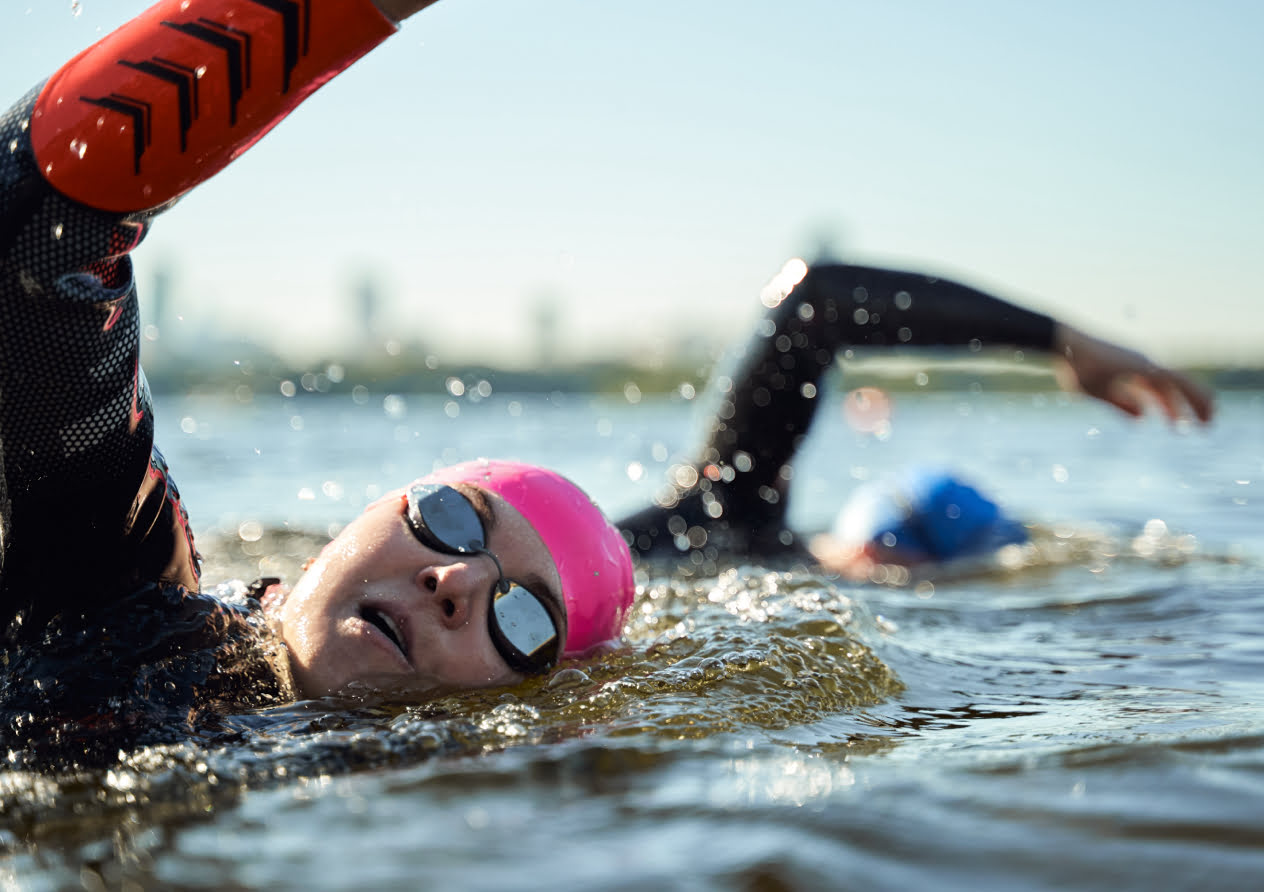20%
Nearly 20% of bleeds occur in muscles
Get more information and resources at Sanofi Rare Blood Disorders
Joint health is especially important for people living with hemophilia. Joint damage is a common complication of bleeding, but there are steps you can take to maintain healthy joints, protect them from injury, manage bleeds as they do occur, and reduce the risk of joint disease. Let’s explore some facts about joint health and learn ways to recognize and manage bleeds.
Nearly 20% of bleeds occur in muscles
Nearly 80% of bleeds happen in joints
Target joints are joints with 3+ bleeds within a 3- to 6- month period
Prevention and care of joint bleeds play an important role in avoiding arthritis. This visual illustrates how joint damage can progress.

Early detection is critical when bleeds occur. Joints are the most common location for bleeds, but make sure to speak to your doctor if you notice any of these signs and symptoms.
Swelling, pain, or tightness in the joints, particularly the knees, elbows, or ankles
Bleeding after having shots, which could lead to muscle bleeds
Heavy menstrual periods
Bruising on the skin
Blood in the urine or stool
Low iron or have anemia
Bleeding in the mouth and gums that’s difficult to stop
Frequent and hard-to-stop nosebleeds
If you’ve identified a bleed, the R.I.C.E. method is an important way to begin managing the situation on your own. You should always talk to a doctor about any bleeding episodes, but this technique may help prevent long-term joint damage.
the affected area to avoid further injury
the affected area to help reduce pain
the affected area to help limit bleeding
the affected area to help reduce swelling
Frequent joint bleeds can lead to arthritis in people with hemophilia. While a bleed may occur from time to time, there are steps you can take to help keep your joints healthy and reduce the risk of arthritis. Physical activity can help strengthen muscles, which can protect joints from injury.
Getting exercise doesn’t have to look the same for everyone living with hemophilia. There are all kinds of activities that are appropriate for people with varying levels of mobility.
Some people enjoy competitive sports, long runs, or lifting weights. Others are more apt to take walks, go for a swim, or get exercise while completing chores around the house. Make sure to work with your doctor to identify activities that suit your health situation and are sustainable for your lifestyle.

For more information about exercise and joint health, visit our Joint Movement site or YouTube page. Both are dedicated to empowering people living with hemophilia to be more active.

To access more information about joint health and hemophilia, reach out to your local CoRe. They’re always ready to connect you with helpful education and resources.
find your core